What is the impact of the repetition frequency of the laser marking machine on the marking speed and quality?
During the use of a laser marking machine, many parameters will affect the marking effect, among which the repetition rate is a crucial one. Whether it is the pursuit of efficient production in the manufacturing industry or the strict requirements for product labeling precision, repetition frequency plays a crucial role. How does it affect the marking speed and quality? Next, we will provide a professional analysis for everyone.
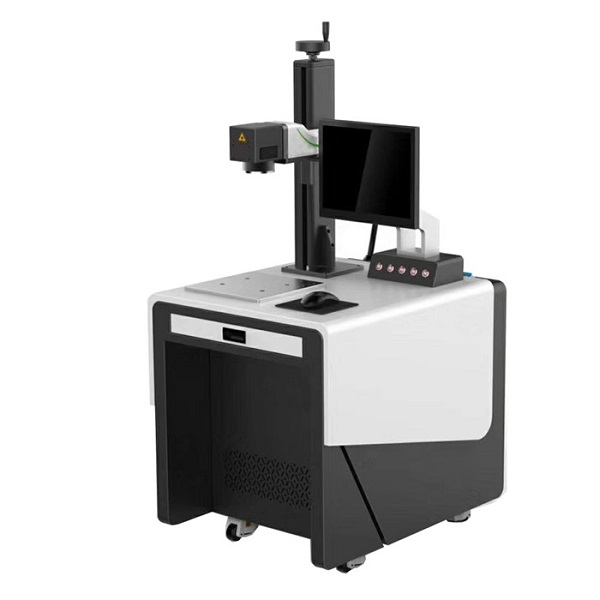
The influence of repetition frequency on marking speed
Frequency and number of pulses: The repetition frequency of a laser marking machine, in simple terms, is the number of times the laser emits laser pulses per unit time. The higher the frequency, the more pulses can be emitted at the same time.
For example, when marking a series of numbers on the surface of a product, a high-frequency marking machine can emit hundreds or thousands of pulses within one second. Compared to low-frequency marking machines, it can complete the marking of these numbers faster, greatly improving the marking speed.
Scanning speed matching: The marking speed not only depends on the number of pulses, but also on the scanning speed of the marking machine. When the repetition rate increases, if the scanning system can quickly locate the laser pulse to different positions, and the two work together, the marking speed can be further improved.
For example, when marking patterns on a large surface of a product, a high-speed scanning system combined with a high repetition rate laser can quickly complete the pattern drawing and improve production efficiency.
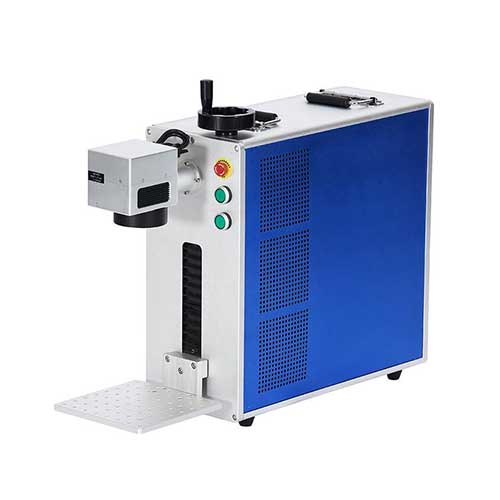
The influence of repetition frequency on marking quality
Energy density and thermal effects: Each laser pulse carries a certain amount of energy. When the repetition frequency is low, the energy of a single pulse is relatively high, and the energy is concentrated in a small area, which can easily generate significant thermal effects. This may lead to excessive heating of the material in the marking area, resulting in burning, deformation, and other situations, affecting the marking quality.
By appropriately increasing the repetition frequency, the energy of each pulse will be correspondingly reduced, the energy distribution will be more uniform, the heat affected area will be reduced, and the marking quality will be improved. For example, when marking plastic products, a suitable high repetition frequency can make the marking lines clearer and the edges more neat, avoiding plastic melting and deformation due to overheating.
Resolution and detail representation: High repetition rate is beneficial for improving the resolution of marking. When marking high-precision complex patterns or small text, more pulses at high frequencies can more finely depict the details of the patterns and text. For example, marking ultra small QR codes on electronic components with high repetition rates can ensure that the lines of the QR code are clear and accurate, and every detail can be perfectly presented, ensuring the accuracy of scanning the code.
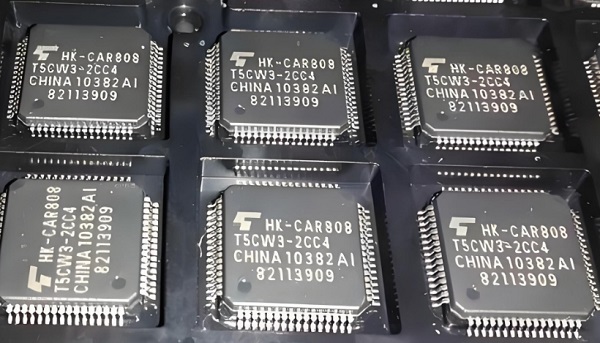
The repetition frequency of a laser marking machine has a significant impact on the marking speed and quality. In practical applications, we need to adjust the repetition frequency reasonably according to different materials and marking requirements, while coordinating with appropriate scanning speed and other parameters, so as to achieve efficient marking operations and meet production needs while ensuring marking quality.


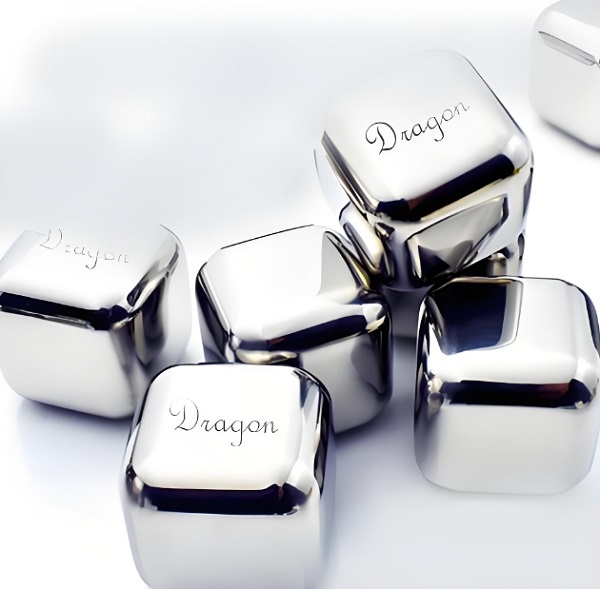
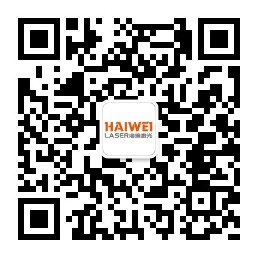
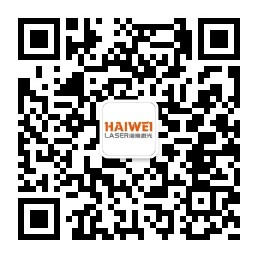 Add WeChat
Add WeChat